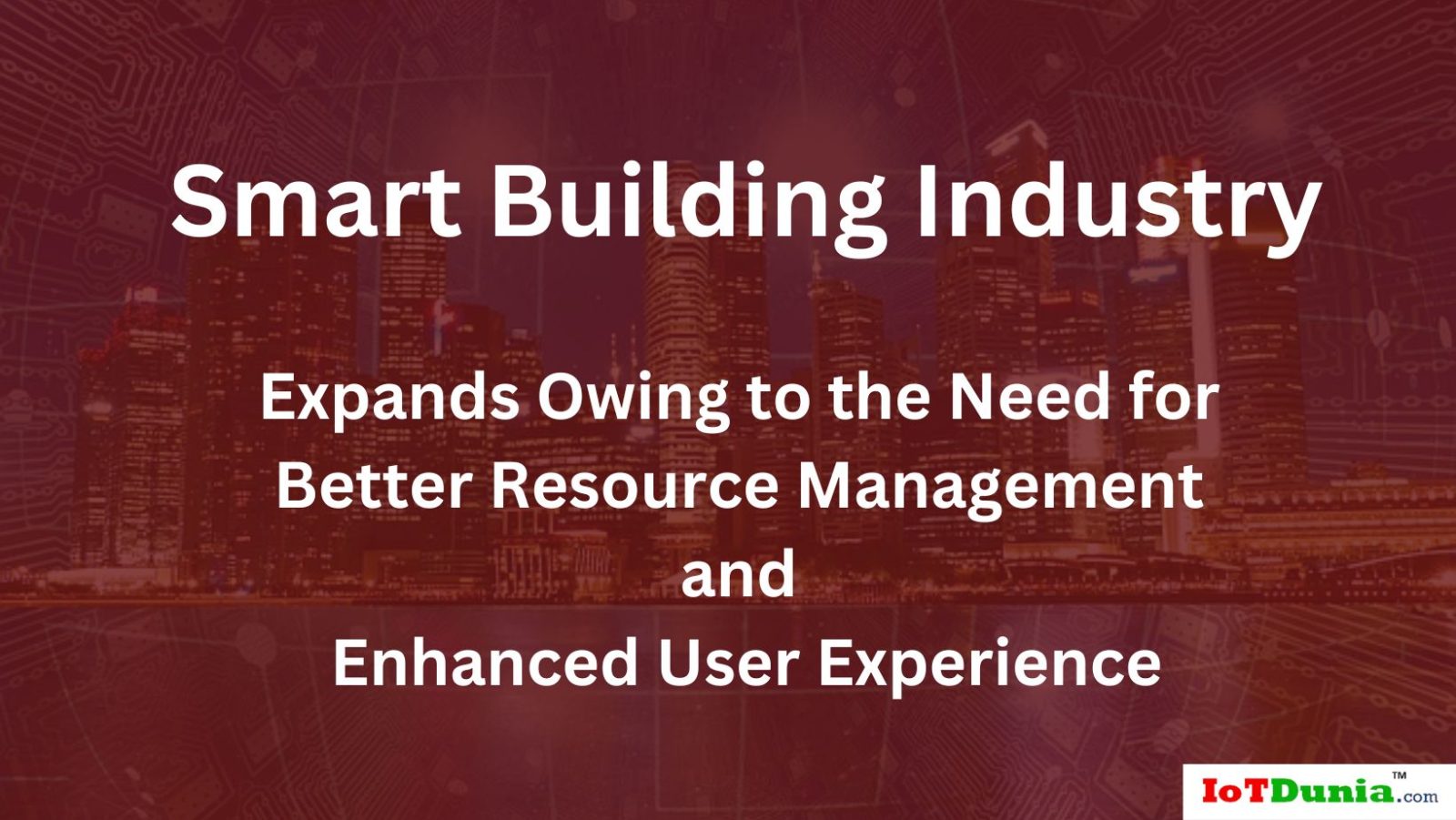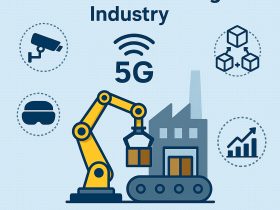Smart Building Industry and Building Information Modeling
Buildings that once only offered shelter can do much more for us now. Thanks to innovative technologies that enable buildings to be smarter, better connected, and more efficient. Smart buildings facilitate more convenience, reduced waste, and lower overhead costs.
So, what are the technologies behind a smart building? Well, it’s the Internet of Things (IoT), along with other intelligent technologies that provide real-time updates on various elements in a building, such as lights, water and gas pipes, furniture, windows and doors, heating systems, lifts, temperature inside the rooms, occupancy density, and more.
Smart buildings provide profound insights into building usage, energy consumption, maintenance, air quality, risks, etc. Smart buildings are of great importance today as they offer better management of facilities, better digital collaboration, and better conservation of resources.
Internet of Things (IoT)
The internet of things is helping buildings become more intelligent due to its ability to connect thousands of sensors, gathering and analyzing real-time data to facilitate more efficiency and productivity.
IoT is an interconnected network of machines, sensors, and devices that communicate with each other to collect a vast amount of data and perform specific tasks. By using the latest IoT technologies in smart buildings, owners and managers can optimize the operations and environment of a facility.
Building Automation
Technology in building automation helps create a centralized control and monitoring of the different elements of a building, which include lighting, HVAC, security apparatuses, physical access control, pumping stations, elevators, and other systems.
These systems can be integrated with various IoT solutions. Building automation is controlled through BAS (Building Automation System) or BMS (Building Management System).
Building automation systems are crucial for energy management efficiency in smart buildings. Compatible with all standard IoT solutions, these smart systems connect commercial HVAC, lighting, security, and protection systems and allow them to interact on a common platform.
They then provide us with the required information on factors such as humidity, temperature, water pressure, electricity, and others and help us make smart decisions regarding the control of the building elements while enhancing the comfort, safety, and productivity of occupants. Building Management System
Building Information Modeling (BIM)
Building Information Modeling or BIM is an intelligent 3D model-based technology to develop digital representations of the physical and functional characteristics of a smart building.
It helps assess every aspect of a building before moving ahead with constructing it. Before the introduction of BIM, such models were based on paper, which failed to provide an understanding of the working of the facilities.
BIM enables us to develop models for smart buildings effectively.
As these buildings utilize a number of different intelligent systems and technology, BIM proves to be lucrative in the long run.
Artificial Intelligence (AI)
A smart building gathers information from user devices, sensors, and systems on the premises. It leverages artificial intelligence and machine learning (ML) on this actionable data to make the building responsive to the needs of the occupants and owners.
Network intelligence assists in securing the network by enhancing the identification of anomalies and intrusions.
Market Analysis
Smart buildings are witnessing a huge demand at present, and the market is growing rapidly. Allied Market Research predicts that the global market for smart buildings is likely to accrue a sum of $201.16 billion by 2031, growing at a CAGR of 11.3% during the forecast period 2022 to 2031.
The market drivers include the growing need for better utilization of a building and its premises, the surge in need for better resource management in urban environments, and the increasing need for public safety and security.
Moreover, the incorporation of technologies such as artificial intelligence (AI) in smart buildings and the rise in the IoT and its applications in smart buildings are expected to offer lucrative growth opportunities for the expansion of the smart and intelligent building market.
Recent Developments
In response to the growing demand for smart buildings, various major companies in the space are making significant investments in developing smart buildings.
For instance, in April 2022, ABB Ltd., a Switzerland-based technology leader, and Samsung Electronics, a South Korean multinational electronics corporation, announced their partnership to offer jointly developed technologies for energy savings, energy management, and the Internet of Things (IoT) connection to both residential and commercial facilities.
In September 2022, Nexer Insights, a company having expertise in AI, digitalization, the Internet of Things, and more, announced its collaboration with SmartViz, a digital twin building analytics platform to enhance building performance.
ABB and Samsung Electronics Partnership
The partnership aims to enable Samsung and ABB to broaden customer access to home automation technologies and enhance device management while managing electricity load. It allows Samsung to incorporate Samsung SmartThings into more buildings.
SmartThings is a large ecosystem of connected devices that makes homes smarter and more efficient. The IoT devices in the platform interoperate and interact to enable smarter living solutions that simplify our life. ABB’s ABB-free@home automation solution controls several building equipments such as access, detection, communication, and climate systems for buildings.
Thus, ABB-free@home and SmartThings together create a single platform for IoT solutions that monitors and controls building technologies. The companies announced the creation of a cloud-to-cloud integration allowing consumers greater access and control.
SmartThings allows users to access and control ABB’s range of solutions, such as cameras, sensors, and comfort systems incorporated with SmartThings from anywhere in the world via one application. Samsung and ABB’s integrated energy management solution operates applications such as refrigerators, dishwashers, dryers, HVAC, etc.
Nexer Collaborates with SmartViz
Nexer and SmartViz collaborated to provide building owners and operators with a great user experience and reduce carbon emissions simultaneously through Nexer’s consulting and systems integration capabilities and SmartViz SaaS platform.
The SaaS digital twin platform integrates data analytics, predictive simulations, and scenario planning. It enables building owners and managers to optimize their living environment to develop a more productive and energy-efficient space.
The platform integrates property information with data from smart sensors, IoT sensors, and more into a single source of truth. It delivers actionable data using advanced 2D/3D visualizations and KPI overlays for the entire building.
See also: Top 5 Cool Benefits of Smart Building solutions
Let us know what you think on “Smart Building Industry and Building Automation” in the comment section below.
If you like this post subscribe our YouTube Channel for IoT video Tutorials
AUTHOR BIO:
Ganesh Hole from Allied analytics.










Leave a Review